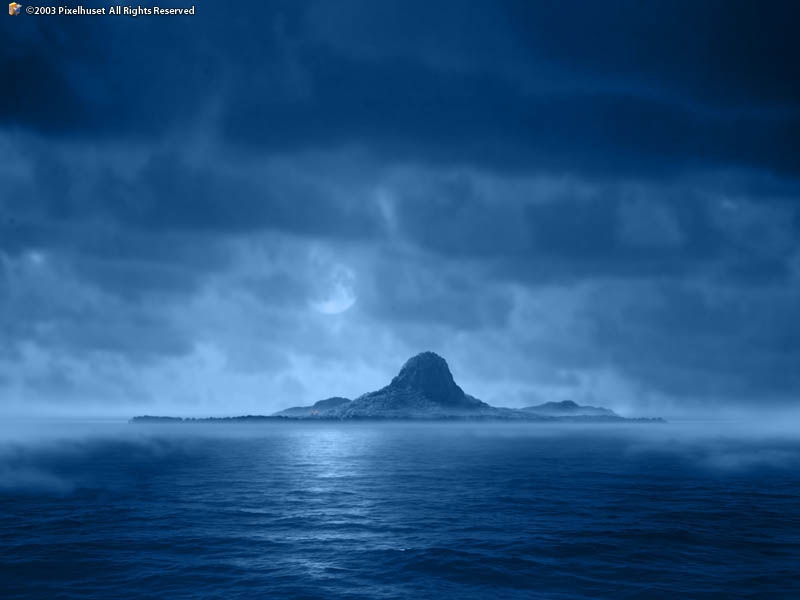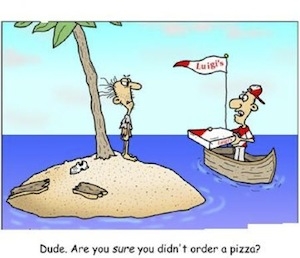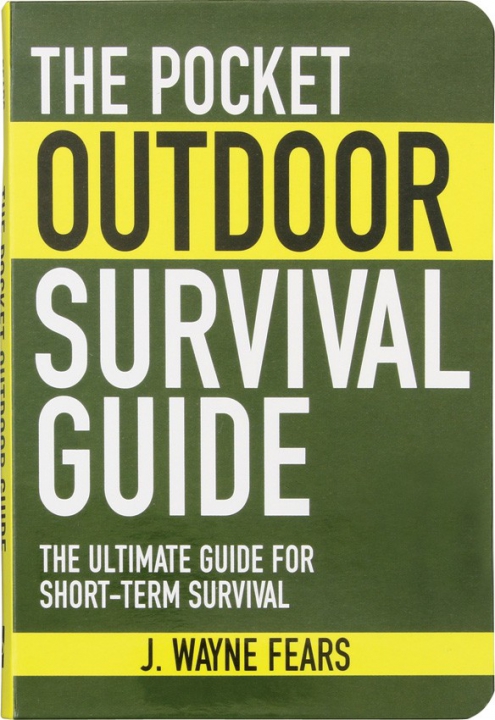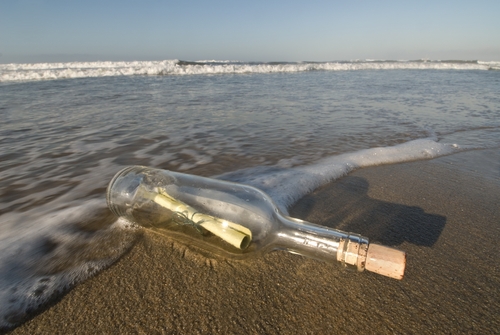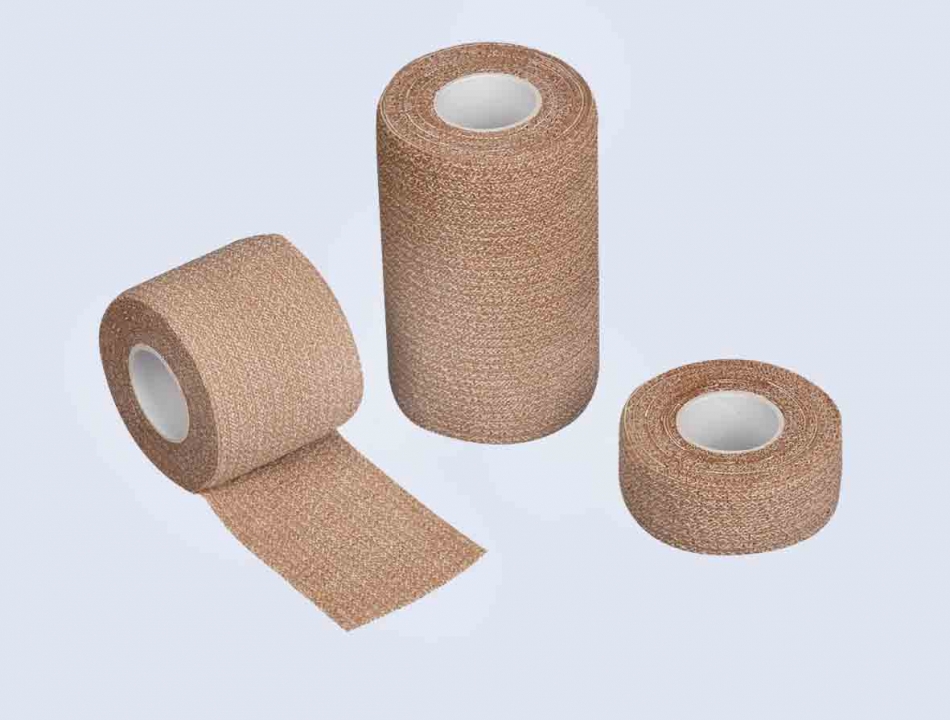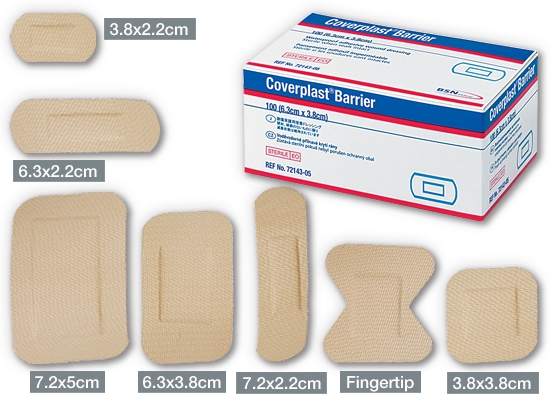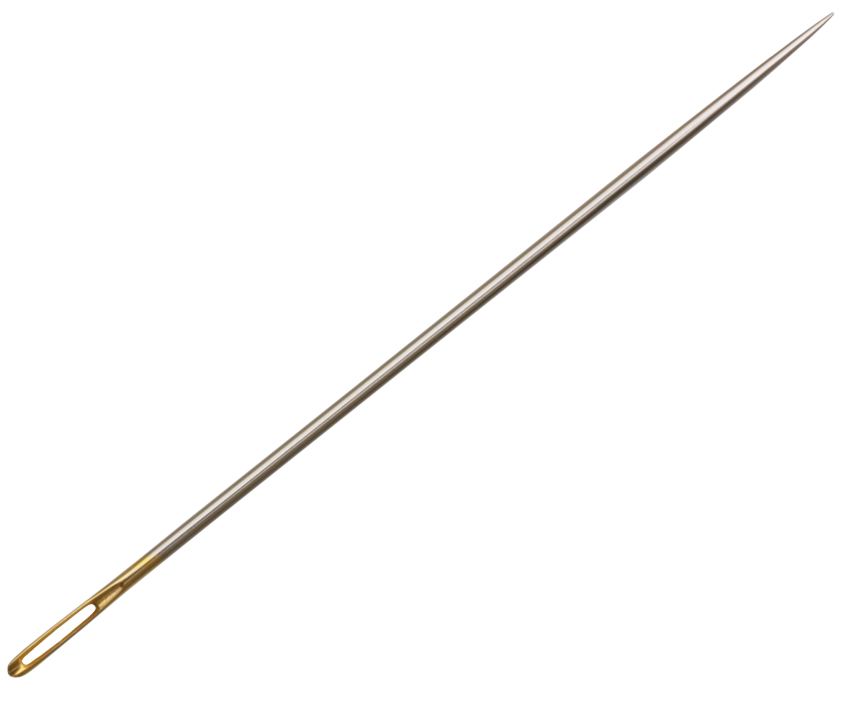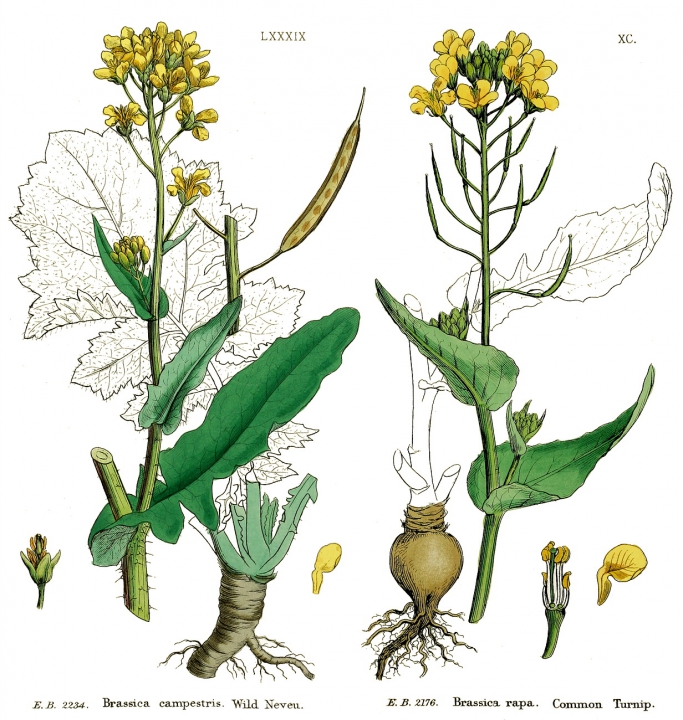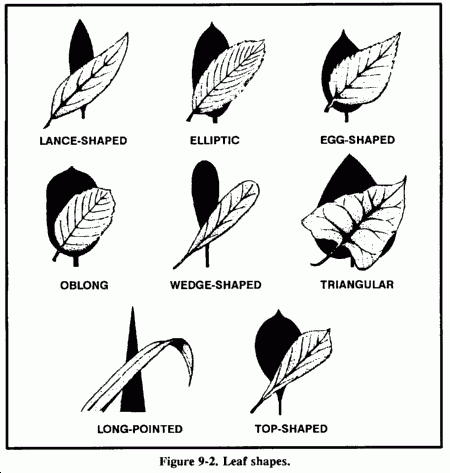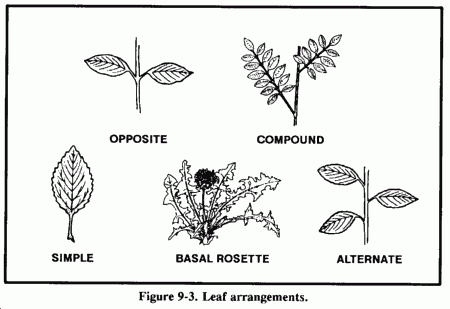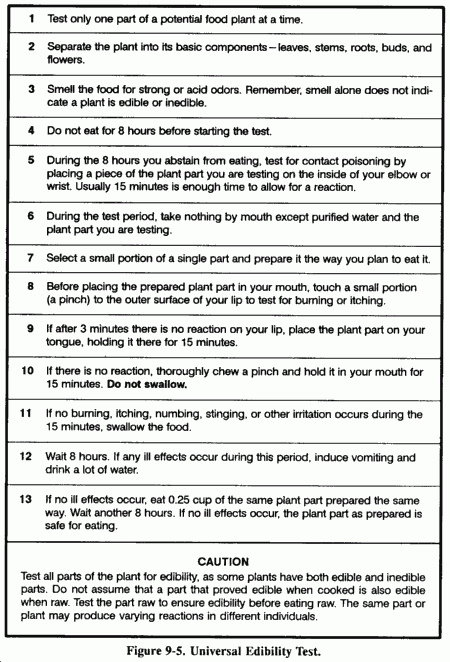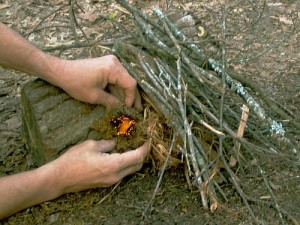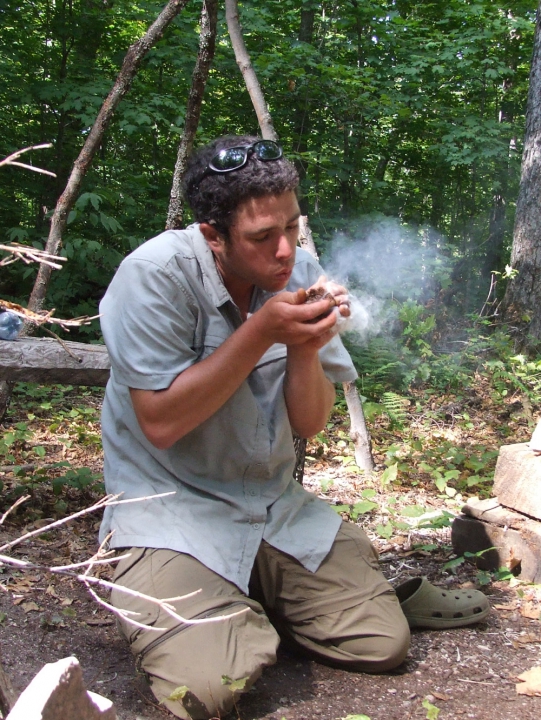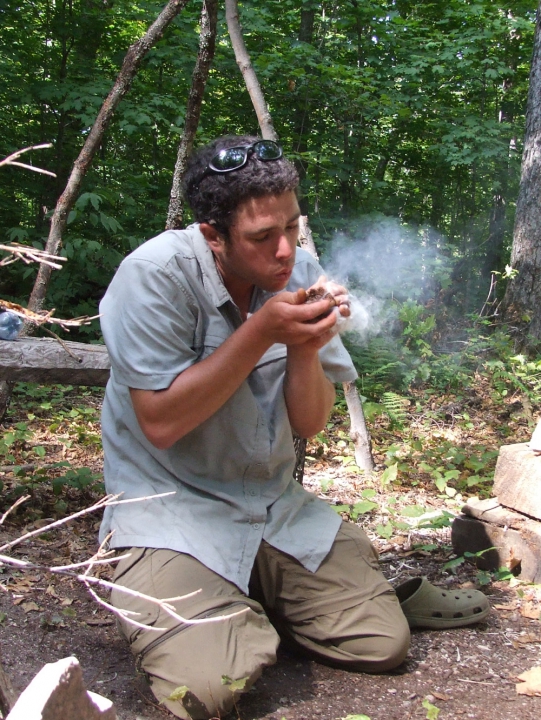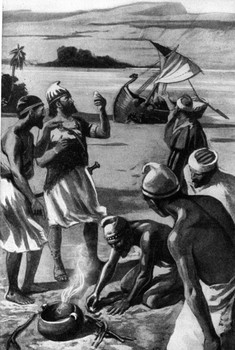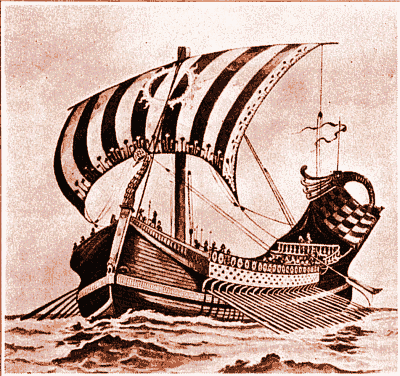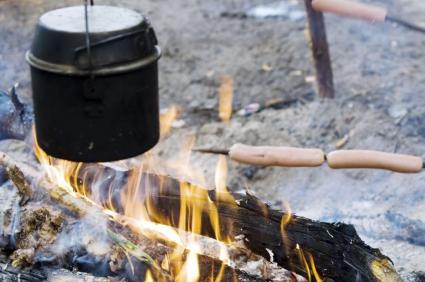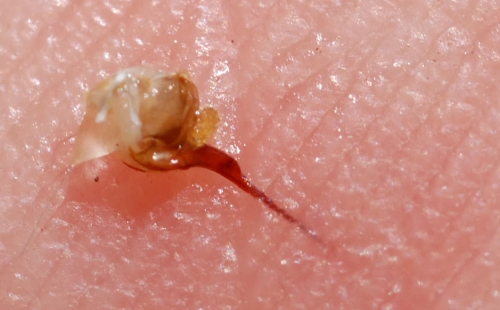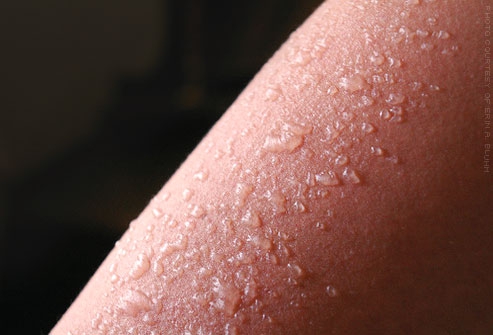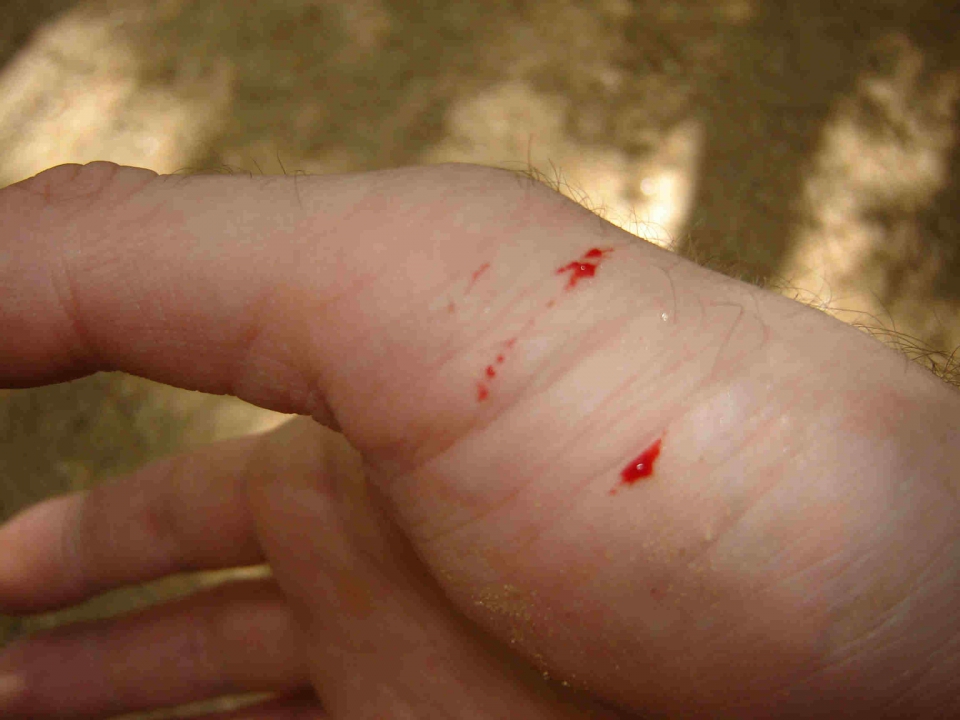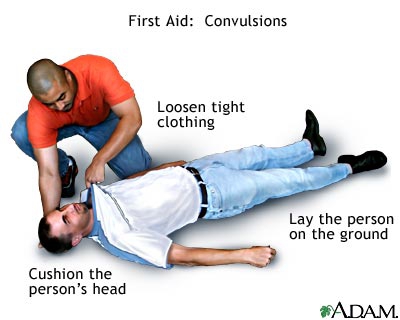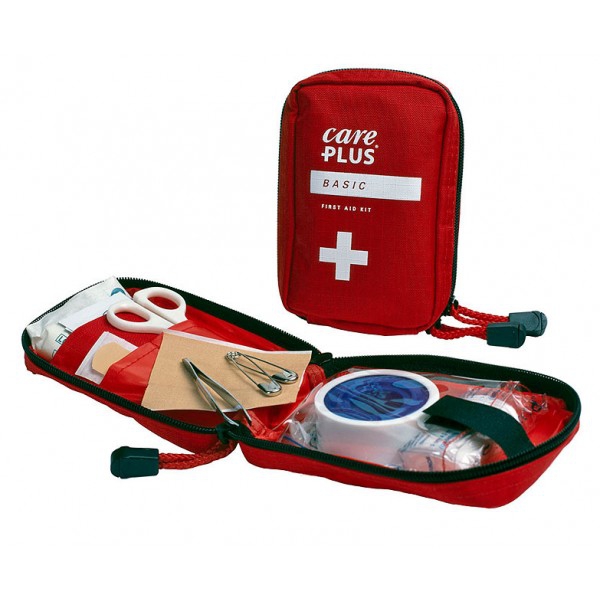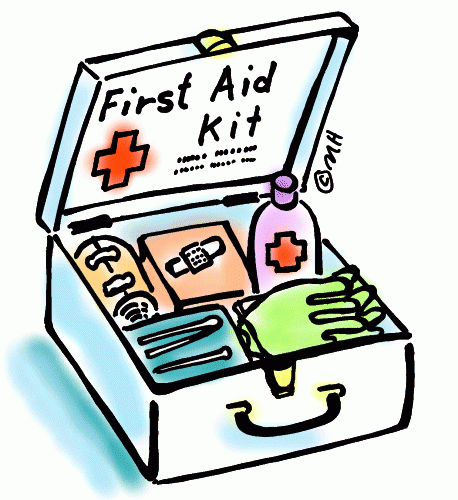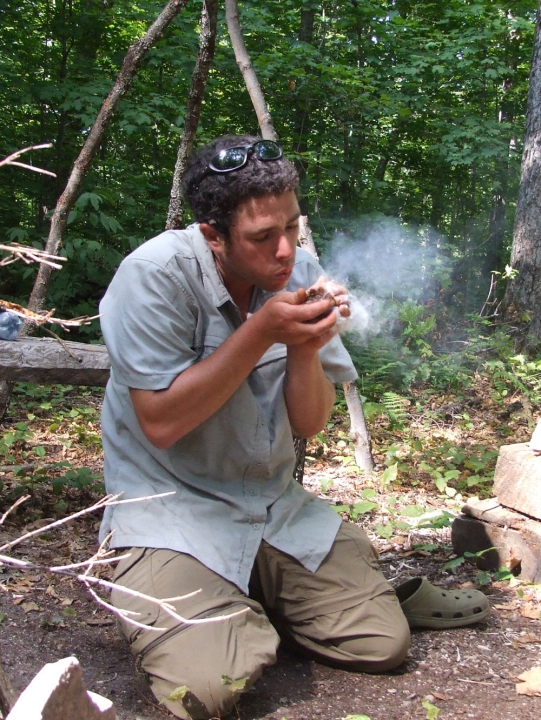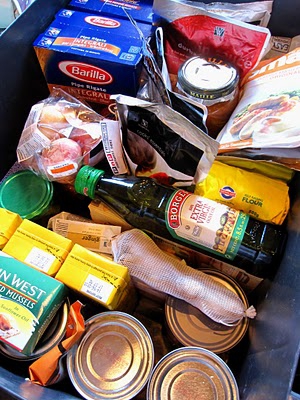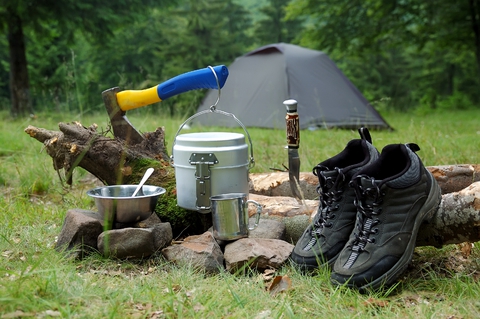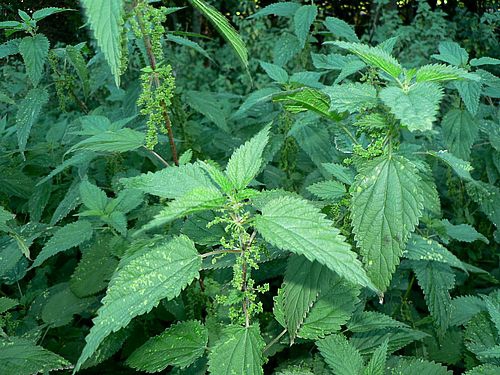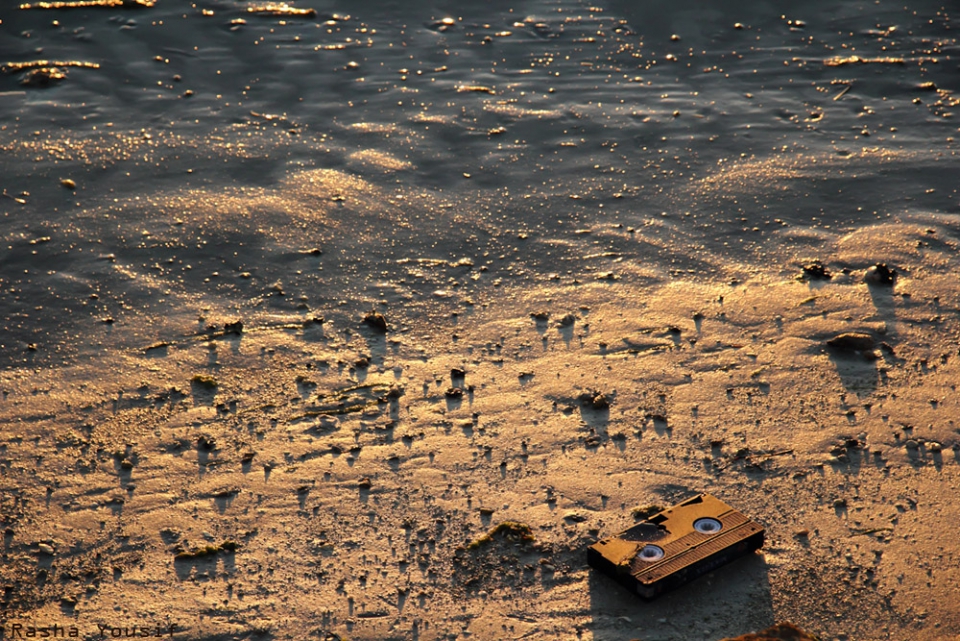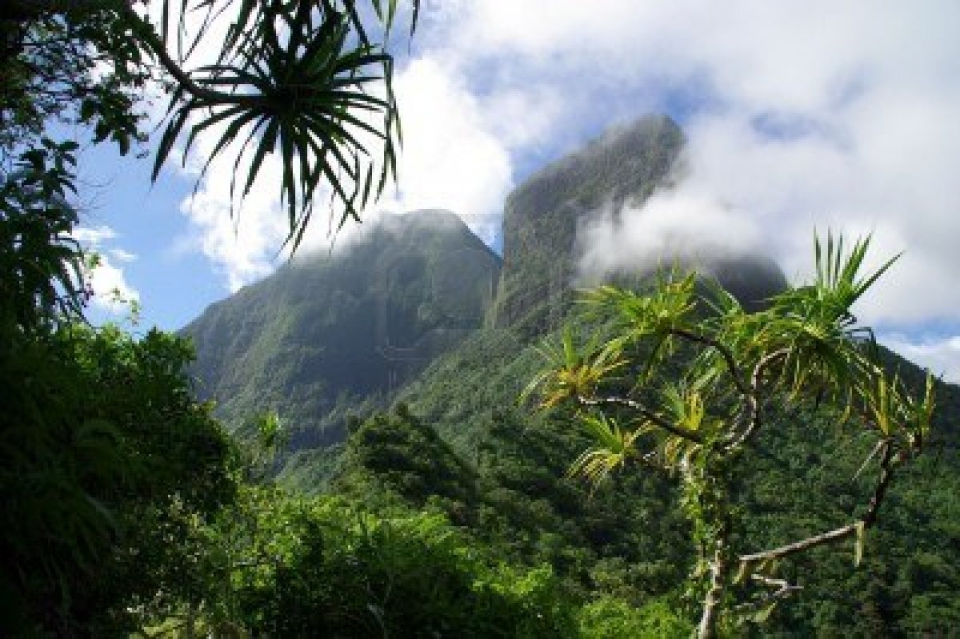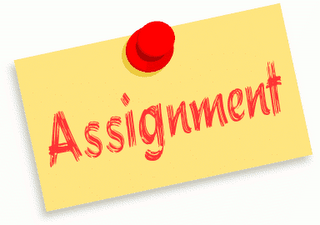Het arrangement Survival of the fittest is gemaakt met Wikiwijs van Kennisnet. Wikiwijs is hét onderwijsplatform waar je leermiddelen zoekt, maakt en deelt.
- Auteur
- Laatst gewijzigd
- 02-06-2016 19:44:05
- Licentie
-
Dit lesmateriaal is gepubliceerd onder de Creative Commons Naamsvermelding 3.0 Nederlands licentie. Dit houdt in dat je onder de voorwaarde van naamsvermelding vrij bent om:
- het werk te delen - te kopiëren, te verspreiden en door te geven via elk medium of bestandsformaat
- het werk te bewerken - te remixen, te veranderen en afgeleide werken te maken
- voor alle doeleinden, inclusief commerciële doeleinden.
Meer informatie over de CC Naamsvermelding 3.0 Nederland licentie.
Aanvullende informatie over dit lesmateriaal
Van dit lesmateriaal is de volgende aanvullende informatie beschikbaar:
- Toelichting
- MBO niveau 2/3/4
- Leerniveau
- MBO, Niveau 2: Basisberoepsopleiding; MBO, Niveau 3: Vakopleiding; MBO, Niveau 4: Middenkaderopleiding;
- Eindgebruiker
- leraar
- Moeilijkheidsgraad
- gemiddeld
- Studiebelasting
- 1 uur 0 minuten
- Trefwoorden
- deserted island, make a fire, robinson, skills, survive
Bronnen
| Bron | Type |
|---|---|
|
How to make a fire http://youtu.be/wXverGSYw64 |
Link |
|
Website Wilderness Survival http://www.wilderness-survival.net/chp1.php |
Link |
|
Website Wilderness Survival http://www.wilderness-survival.net/chp1.php |
Link |
|
How to make a cooking hook http://www.youtube.com/watch?v=EQqZfeM6_4s&feature=share&list=UU8TosB4kLeZBlx6zwIkD8zw |
Link |
|
Website Wilderness Survival http://www.wilderness-survival.net/chp1.php |
Link |
|
Camping Checklist http://www.lovetheoutdoors.com/camping/checklists.htm |
Link |
|
Make cordage from nettles http://www.youtube.com/watch?v=lQHvqWCN5Eo&feature=share&list=UU8TosB4kLeZBlx6zwIkD8zw |
Link |

